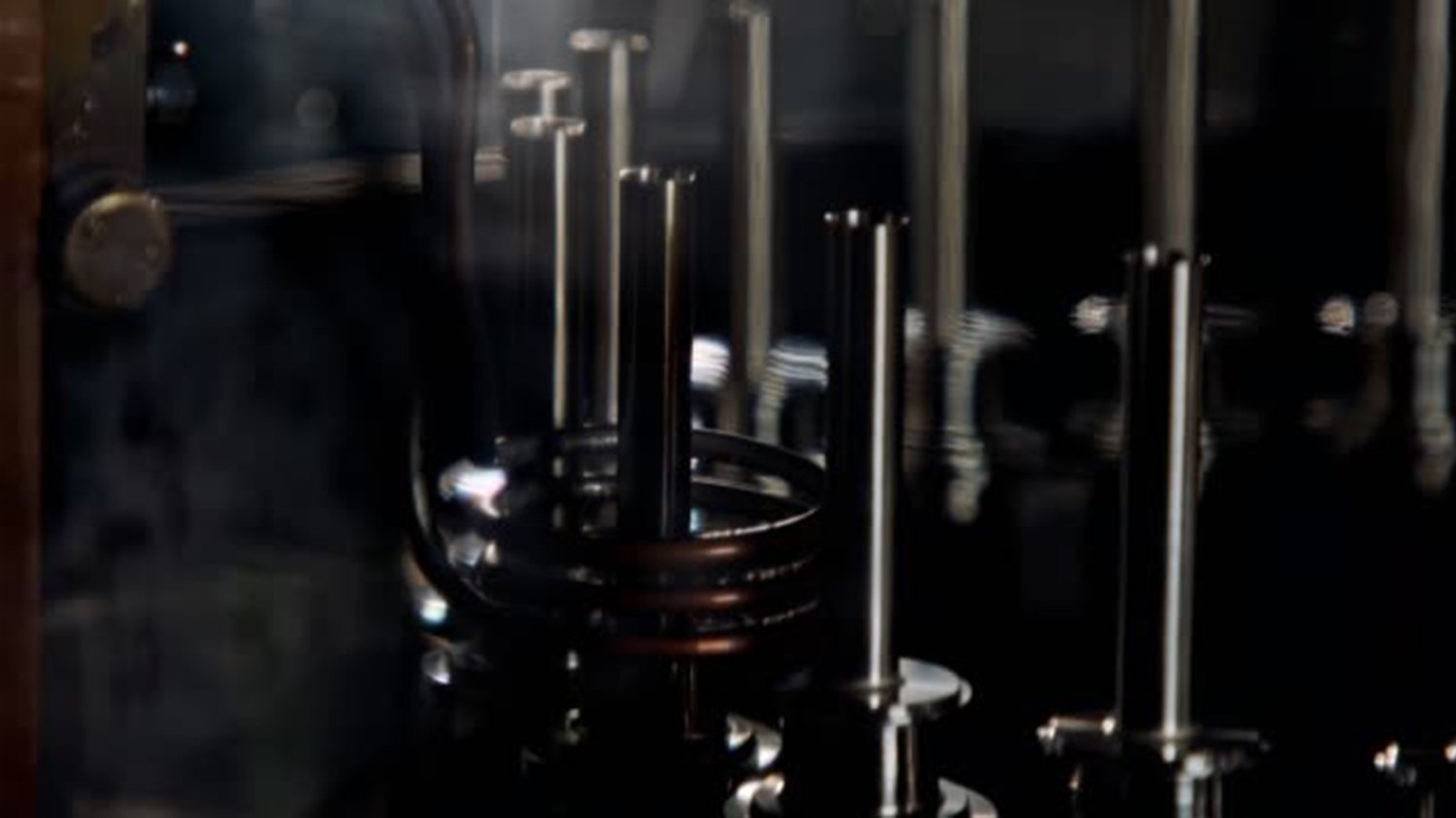The Advantages and Disadvantages of Steel Rolling Mills
Steel rolling mills are a crucial part of the steel manufacturing industry, playing a significant role in shaping and forming steel into various products. These mills use a process called rolling to produce high-quality steel products that are used in construction, automotive, and many other industries. While steel rolling mills offer numerous advantages, there are also some disadvantages associated with their use. In this article, we will explore the advantages and disadvantages of steel rolling mills in detail.
Advantage 1: Increased Efficiency and Productivity
One of the major advantages of steel rolling mills is their ability to increase efficiency and productivity in the steel manufacturing process. By using rolling technology, these mills can shape steel into various forms, such as sheets, bars, and beams, with high precision and consistency. This allows manufacturers to produce large quantities of steel products in a shorter amount of time, resulting in improved productivity and cost-effectiveness.
Advantage 2: Enhanced Quality and Consistency
Steel rolling mills are known for their ability to produce steel products with enhanced quality and consistency. The rolling process helps eliminate defects and impurities in the steel, resulting in products that meet strict quality standards. Additionally, the use of rolling mills allows for precise control over the dimensions and properties of the steel, ensuring consistency in the final products. This is particularly important in industries where high-quality steel is required, such as the automotive and aerospace sectors.
Advantage 3: Versatility in Product Range
Steel rolling mills offer a wide range of product possibilities due to their versatility. These mills can produce steel products in various shapes, sizes, and dimensions, making them suitable for diverse applications. Whether it's flat sheets for construction or round bars for machinery, steel rolling mills can cater to the specific needs of different industries. This versatility allows manufacturers to meet the demands of their customers and expand their product offerings.
Advantage 4: Cost-Effective Production
Another advantage of steel rolling mills is their cost-effectiveness. The rolling process is highly efficient and requires less energy compared to other methods of shaping steel, such as forging or casting. This results in lower production costs and makes steel rolling mills a cost-effective choice for manufacturers. Additionally, the ability to produce large quantities of steel products quickly and consistently further contributes to cost savings.
Advantage 5: Increased Durability and Strength
Steel products produced by rolling mills are known for their increased durability and strength. The rolling process refines the grain structure of the steel, making it stronger and more resistant to wear and tear. This is especially important in industries where the strength and durability of steel are crucial, such as construction and infrastructure. The use of steel rolling mills ensures that the resulting products have the necessary strength and durability to withstand various applications and environments.
Disadvantage 1: Initial Capital Investment
One of the main disadvantages of steel rolling mills is the significant initial capital investment required to set up and operate these mills. The machinery and equipment used in rolling mills can be costly, making it a barrier for small-scale manufacturers or new entrants. Additionally, the maintenance and repair costs associated with these mills can also add to the overall expenses. However, for established manufacturers, the long-term benefits of steel rolling mills often outweigh the initial investment.
Disadvantage 2: Environmental Impact
Steel rolling mills, like any industrial process, have an environmental impact. The production of steel involves the consumption of energy and resources, resulting in greenhouse gas emissions and waste generation. However, advancements in technology have led to the development of more sustainable practices in the steel industry. Many steel rolling mills now employ energy-efficient measures and implement recycling programs to minimize their environmental footprint.
Disadvantage 3: Limited Flexibility
While steel rolling mills offer versatility in terms of the range of products they can produce, they can also have limitations in terms of flexibility. Once the rolling process is initiated, it is difficult to make changes to the dimensions or properties of the steel. This can be a disadvantage in industries where frequent product modifications or customization are required. Manufacturers may need to invest in additional equipment or processes to overcome this limitation.
Disadvantage 4: Reliance on Skilled Workforce
Operating steel rolling mills requires a skilled workforce with expertise in the rolling process. The operation of the machinery and the control of the rolling parameters require trained personnel to ensure the production of high-quality steel products. Finding and retaining skilled workers can be a challenge for some manufacturers, especially in regions where the availability of skilled labor is limited. Training programs and workforce development initiatives can help address this challenge.
Disadvantage 5: Maintenance and Downtime
Maintenance and downtime are common challenges faced by steel rolling mills. The machinery and equipment used in the rolling process require regular maintenance to ensure optimal performance and prevent breakdowns. Planned maintenance schedules are necessary to minimize downtime and avoid disruptions in production. However, unexpected breakdowns or repairs can still occur, leading to unplanned downtime and potential loss of productivity.
Advantages and Disadvantages of Steel Rolling Mills, Steel Rolling Mills, advantages of steel rolling mills, disadvantages of steel rolling mills, steel products, rolling technology, productivity, quality, consistency, versatility, cost-effectiveness, durability, strength, initial capital investment, environmental impact, flexibility, skilled workforce, maintenance, downtime. Advantages and Disadvantages of Steel Rolling Mills - Explained Discover the advantages and disadvantages of steel rolling mills in this informative article. Learn about the efficiency, quality, versatility, and cost-effectiveness of these mills, as well as their environmental impact and limitations. Find out how steel rolling mills contribute to the production of durable and strong steel products.

